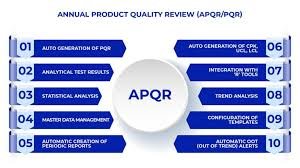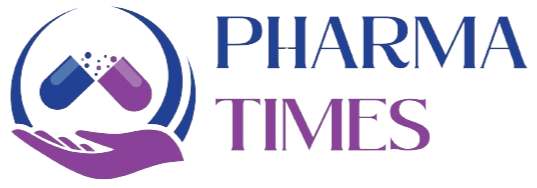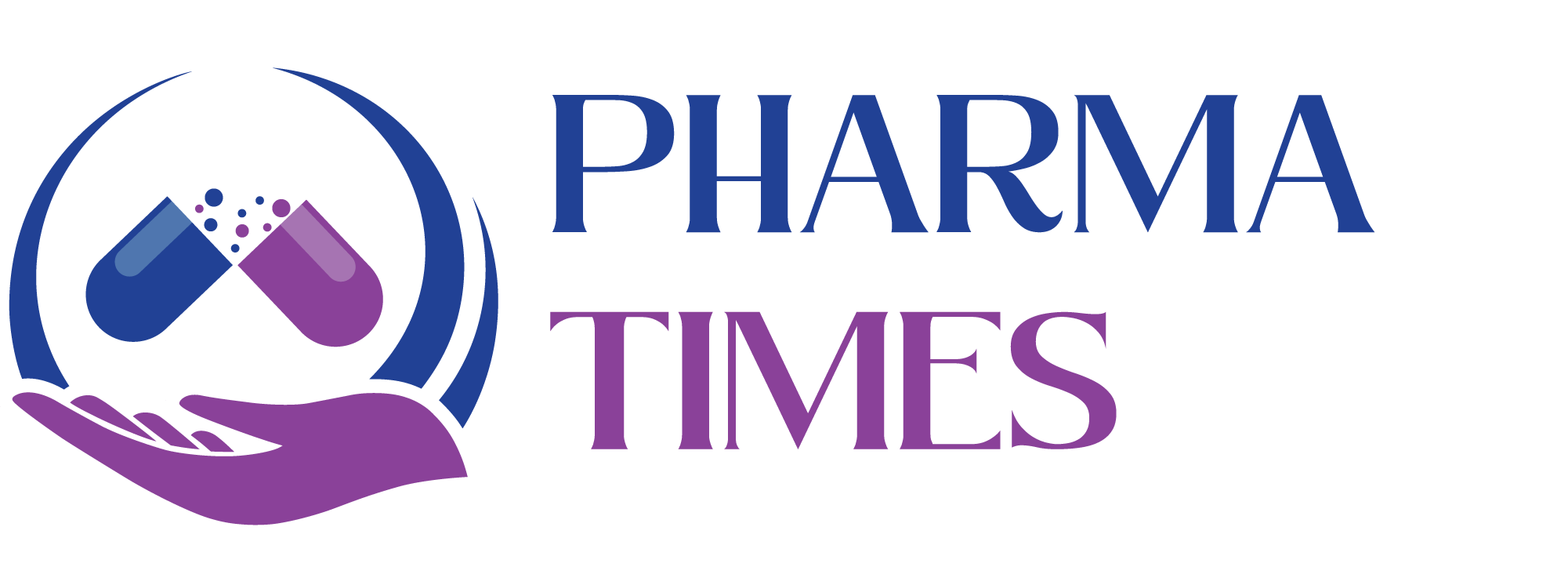Annual Product Quality Review (APQR/APR/PQR) in Quality Improvements

📊 Annual Product Quality Review (APQR / APR / PQR) in Quality Improvements
🔎 What is APQR / APR / PQR?
-
A systematic, documented review of all licensed products conducted annually (or periodically) as per ICH Q10, EU GMP, and FDA requirements.
-
Objective: To verify the consistency of the manufacturing process, detect trends, and identify opportunities for quality improvement.
📝 Key Elements of APQR
-
Review of Batches
-
Summary of manufactured batches and yield trends.
-
Deviations, failures, and non-conformities.
-
Rejections, reprocessing, and recalls.
-
-
Critical Quality Attributes (CQA) & In-Process Controls
-
OOS, OOT, and OOE trends.
-
In-process testing compliance.
-
Process capability evaluation.
-
-
Starting Materials & Packaging Components
-
Supplier performance review.
-
Deviations or complaints related to materials.
-
Qualification and requalification status of suppliers.
-
-
Stability Studies
-
Ongoing stability data evaluation.
-
Identification of degradation trends.
-
Review of storage and distribution conditions.
-
-
Changes & CAPA Effectiveness
-
Summary of implemented change controls.
-
Effectiveness of corrective and preventive actions.
-
Recurrent deviations and CAPA failures.
-
-
Complaints & Product Quality Issues
-
Complaint classification and trend analysis.
-
Adverse drug reaction reports (if applicable).
-
Product recalls or regulatory notifications.
-
-
Validation & Qualification
-
Process validation and revalidation needs.
-
Cleaning validation and analytical method validation reviews.
-
Equipment qualification status.
-
✅ Role of APQR in Quality Improvements
-
Trend Identification
-
Detects recurring deviations, OOS, or process variability early.
-
Helps identify weak points in manufacturing and testing.
-
-
Process & Product Consistency
-
Verifies that processes remain in a state of control.
-
Identifies if re-validation or process optimization is required.
-
-
Supplier & Material Control
-
Improves supply chain reliability by monitoring vendor performance.
-
Supports requalification or delisting of poor-quality suppliers.
-
-
Regulatory Compliance
-
Demonstrates continued suitability of the manufacturing process.
-
Satisfies FDA (21 CFR 211.180(e)), EU GMP (Part I, Ch. 1.10), and WHO requirements.
-
-
Quality Culture & Continuous Improvement
-
Engages cross-functional teams (QA, QC, Production, Regulatory).
-
Promotes data-driven decision-making.
-
Enhances patient safety and product quality.
-
📌 Example – Improvements from APQR Findings
-
Issue: Multiple deviations in blending uniformity.
-
APQR Review: Highlighted a recurring issue with equipment RPM variation.
-
Improvement: Equipment recalibration + revised SOP → Reduced blend variability → More consistent batches.
🎓 Discover one of the best Complete Pharmaceutical Quality Assurance Course available —click below to explore the course that’s shaping future in QA Course skills.

